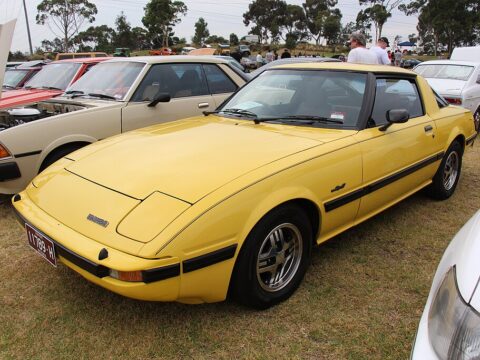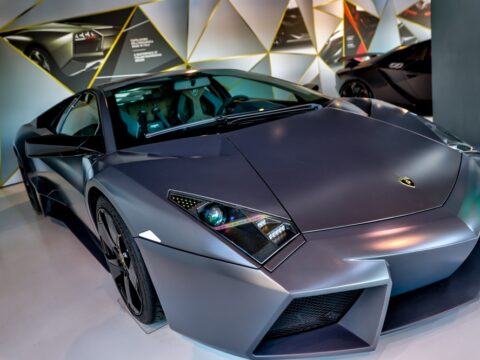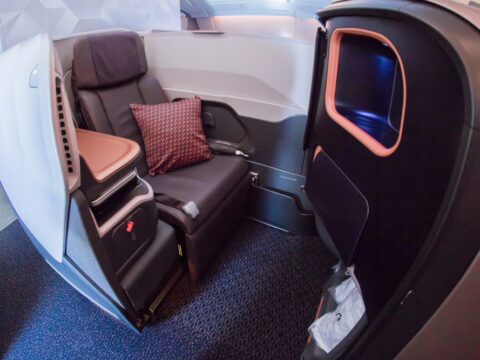Japanese automakers have produced some of the most iconic cars in history, but many remarkable models have flown under the radar. These uncelebrated classics may not have reached the fame of their more popular counterparts, but they’re still worthy of attention. From innovative designs to unique engineering, these cars offer something special that deserves a second look. Let’s explore 17 classic Japanese cars that are often overlooked but truly stand out.
Contents
Mazda Cosmo Sport (1967-1972)
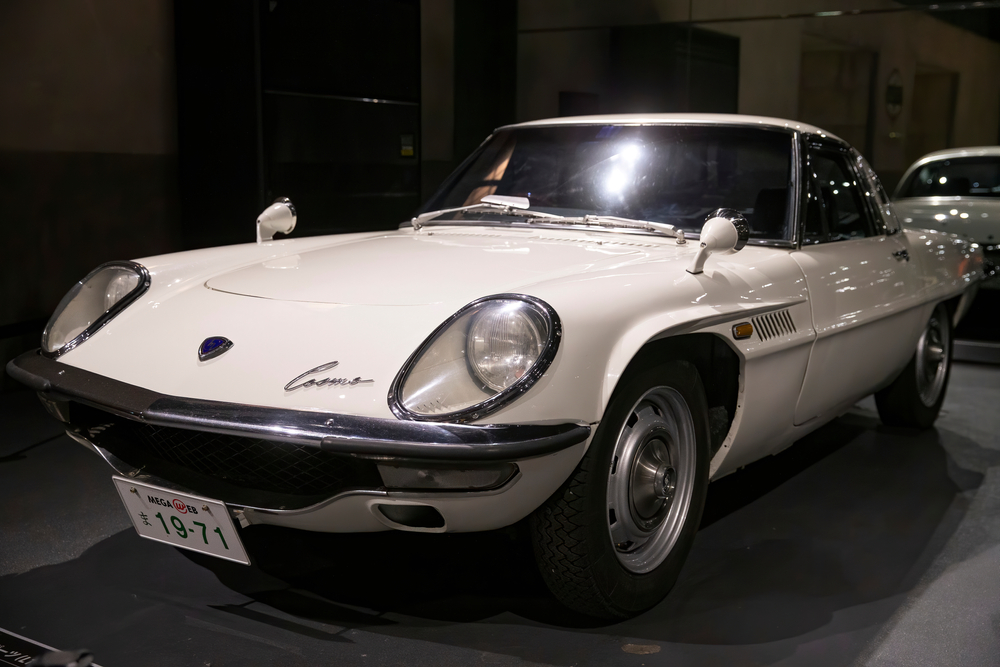
Mazda’s Cosmo Sport was a revolutionary car, introduced the world to the rotary engine. Its sleek, futuristic design turned heads, and its performance was equally impressive, thanks to a 982cc twin-rotor engine. Limited to only 1,500 units, the Cosmo Sport is a rare gem in automotive history. Though often overshadowed by the RX-7, it laid the foundation for Mazda’s future sports cars. Today, it stands as a symbol of Mazda’s commitment to innovation.
Nissan Silvia CSP311 (1965-1968)
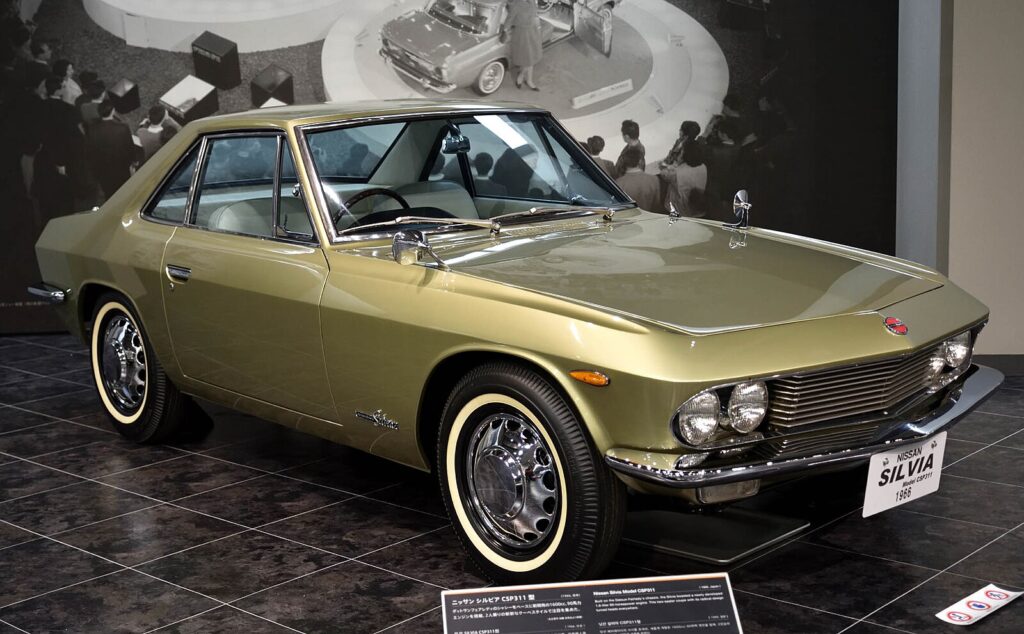
The original Nissan Silvia CSP311 brought a touch of elegance to the Japanese car market. With its sleek, European-inspired design, this car offered sophistication that was rarely seen in Japanese vehicles at the time. It featured a 1.6-liter engine producing 96 horsepower, making it a capable performer for its class. With only 554 units ever made, it remains one of the rarest Japanese classics. Its rarity and refined aesthetics make it a model worth rediscovering.
Toyota 2000GT (1967-1970)
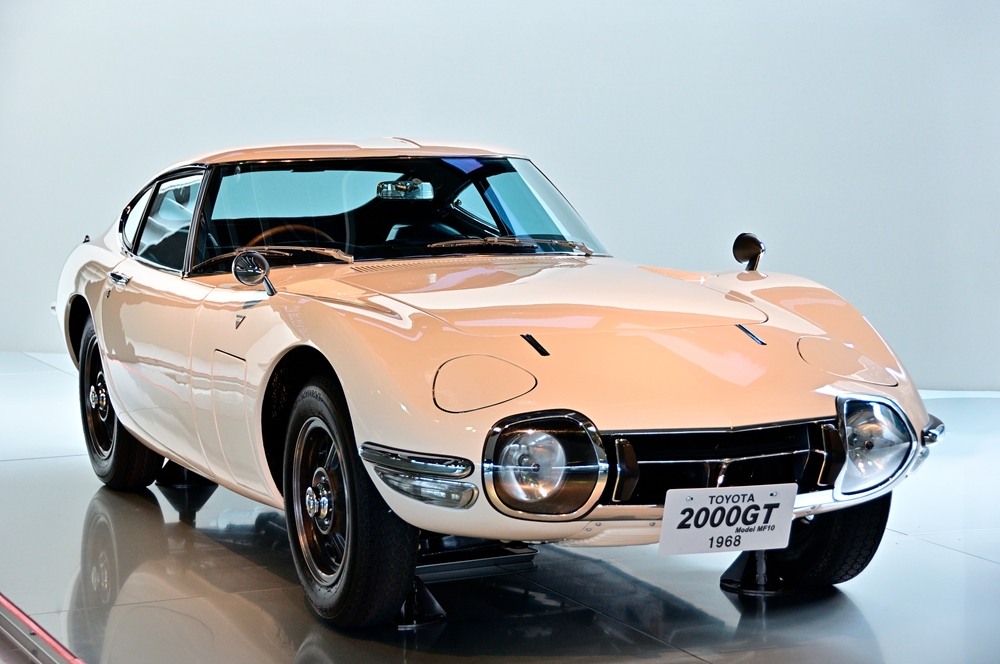
The Toyota 2000GT is often referred to as Japan’s first supercar, yet it doesn’t always receive the recognition it deserves. This stunning sports car, developed in partnership with Yamaha, boasted a 2.0-liter inline-six engine and a top speed of 137 mph. Only 351 units were produced, which makes it incredibly rare and highly valuable. Despite its exceptional engineering and beauty, the 2000GT often takes a backseat to more famous European sports cars of the era.
Datsun 240Z (1969-1973)
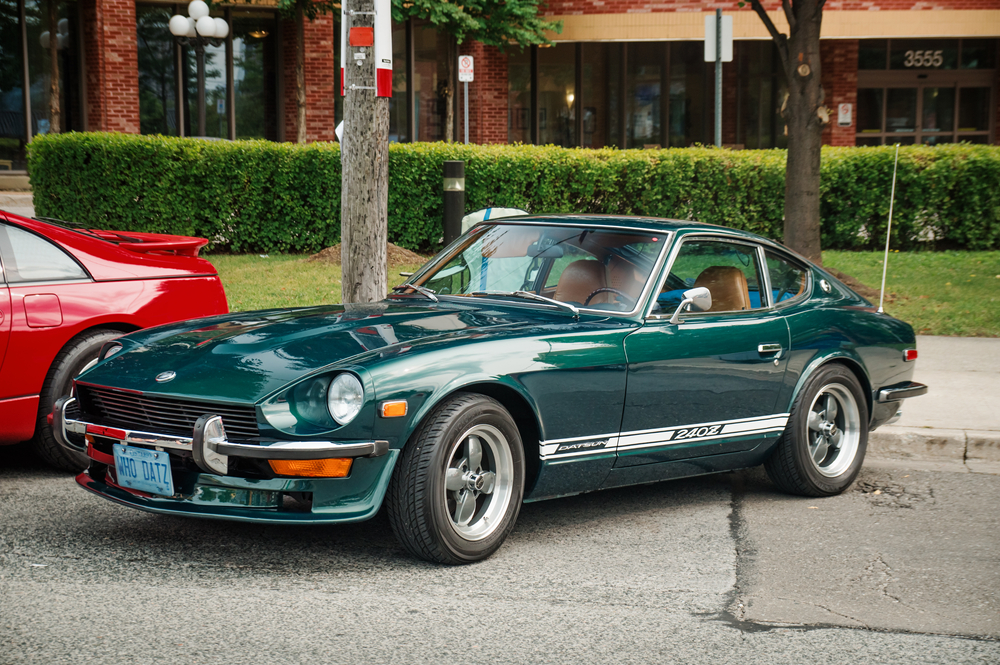
The Datsun 240Z brought sports car performance to the masses, offering speed and style at a price far lower than its European rivals. Powered by a 2.4-liter inline-six engine, it delivered 151 horsepower and smooth acceleration, making it a favorite among enthusiasts. Its design has aged remarkably well, with clean lines and an athletic stance that still looks modern today. Although the 240Z helped establish Nissan’s reputation globally, it’s often overlooked in discussions of classic cars.
Mitsubishi Galant GTO (1970-1977)
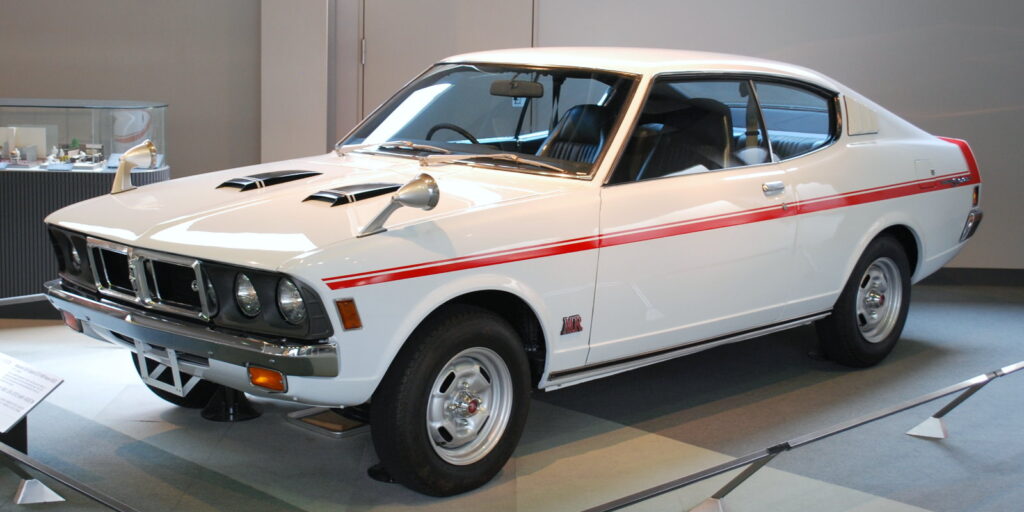
With its aggressive fastback styling, the Mitsubishi Galant GTO stood out from the crowd. Influenced by American muscle cars, this sporty model featured engines ranging from 1.6 to 2.0 liters, delivering up to 125 horsepower. While its performance was impressive, the Galant GTO never achieved the same level of fame as other performance cars of its era. Its muscular design and powerful engine options make it an uncelebrated classic.
Honda S800 (1966-1970)

The Honda S800 was a small sports car that packed a surprising punch. Powered by a 791cc engine, it could reach 70 horsepower, making it one of the fastest small cars of its time. Its high-revving engine and lightweight body allowed it to hit speeds of up to 100 mph, offering a thrilling driving experience. Despite its success, the S800 often gets overlooked in favor of larger sports cars. It’s a true testament to Honda’s early engineering prowess and deserves more attention.
Subaru BRAT (1978-1994)

The Subaru BRAT was an oddball vehicle that blurred the lines between car and truck. Designed to dodge import tariffs in the U.S., it featured rear-facing seats in the truck bed, giving it a quirky charm. Under the hood, the BRAT offered a 1.6 to 1.8-liter flat-four engine that delivered solid off-road capability. Despite its practicality and unique design, the BRAT is often overshadowed by more conventional pickups. Today, it’s a symbol of Subaru’s innovative spirit.
Suzuki Cappuccino (1991-1998)
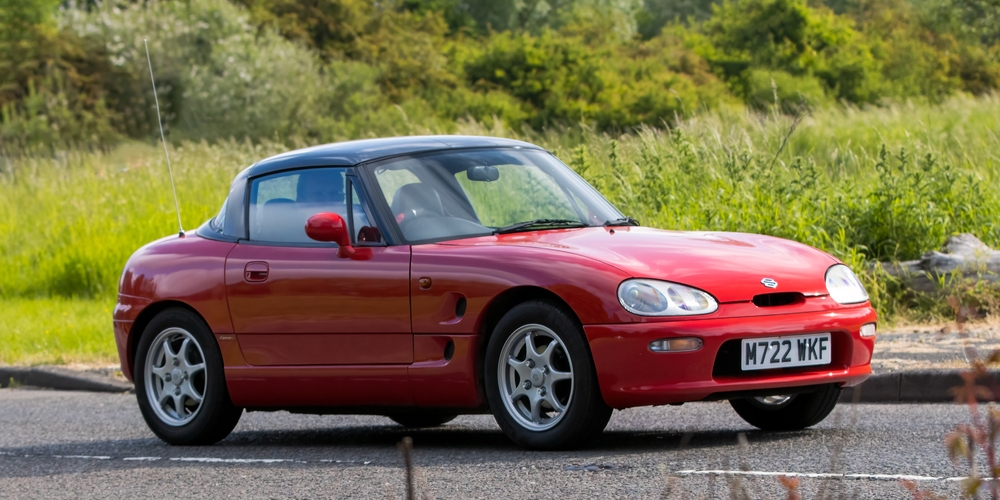
Small in size but big on personality, the Suzuki Cappuccino was a lightweight roadster that offered a thrilling driving experience. Its turbocharged 657cc engine, paired with rear-wheel drive, made it an agile and fun car to drive. The three-piece removable roof allowed drivers to switch between a coupe, Targa, or full convertible. While it didn’t achieve widespread fame, the Cappuccino developed a cult following. Its unique design and engaging performance make it a car that deserves more recognition.
Nissan Figaro (1991)
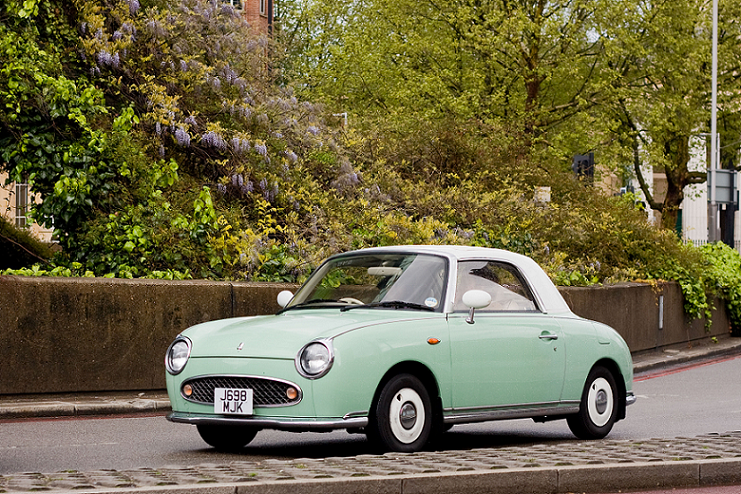
Quirky and full of retro charm, the Nissan Figaro was part of a limited production run of just 20,000 units. It was powered by a 1.0-liter turbocharged engine, and though it wasn’t built for speed, its standout feature was its vintage-inspired design. The Figaro captured the imagination of drivers who wanted something different, with its pastel colors and chrome details. Despite its popularity in niche markets, the Figaro remains relatively unknown to mainstream car enthusiasts.
Mazda RX-3 (1971-1978)
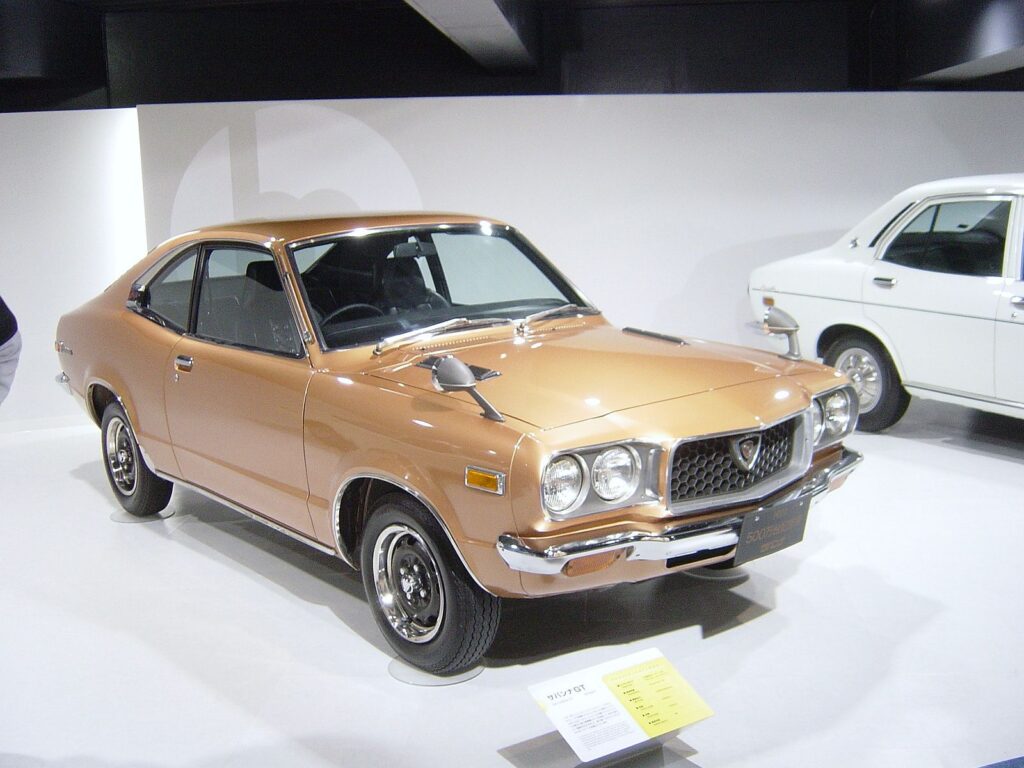
The Mazda RX-3 was an early adopter of Mazda’s rotary engine technology, featuring a twin-rotor engine that set it apart from the competition. Its lightweight frame and rotary power gave it an edge in performance, and it quickly gained popularity among enthusiasts. Available in coupe, sedan, and wagon versions, the RX-3 was versatile but often overshadowed by the more famous RX-7. Today, it stands as an underappreciated classic that helped Mazda carve out a unique identity in the automotive world.
Toyota Cressida (1976-1992)
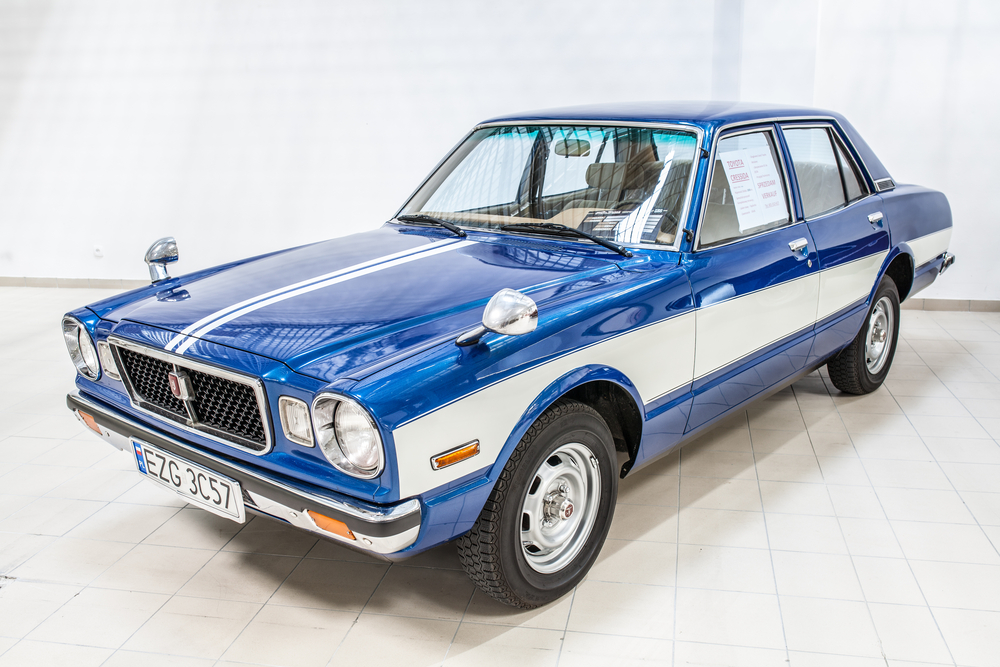
The Toyota Cressida was a luxury sedan that provided the foundation for the Lexus brand. Equipped with a smooth inline-six engine, it offered a refined driving experience and plenty of high-end features for its time. Despite its contributions to Toyota’s success in the luxury car market, the Cressida rarely gets the recognition it deserves. Its rear-wheel-drive layout and reliable engineering made it a favorite for long-distance cruising.
Isuzu 117 Coupe (1968-1981)

The Isuzu 117 Coupe was one of the first Japanese cars to feature European styling, designed by famed Italian designer Giorgetto Giugiaro. Its sharp, sleek design was matched with advanced technology, including the option for fuel injection in later models. Under the hood, the 117 Coupe offered a range of engines, making it both a stylish and versatile performer. Despite its innovative design and technology, the 117 Coupe remains a relatively unknown classic outside Japan.
Nissan Pulsar GTI-R (1990-1994)
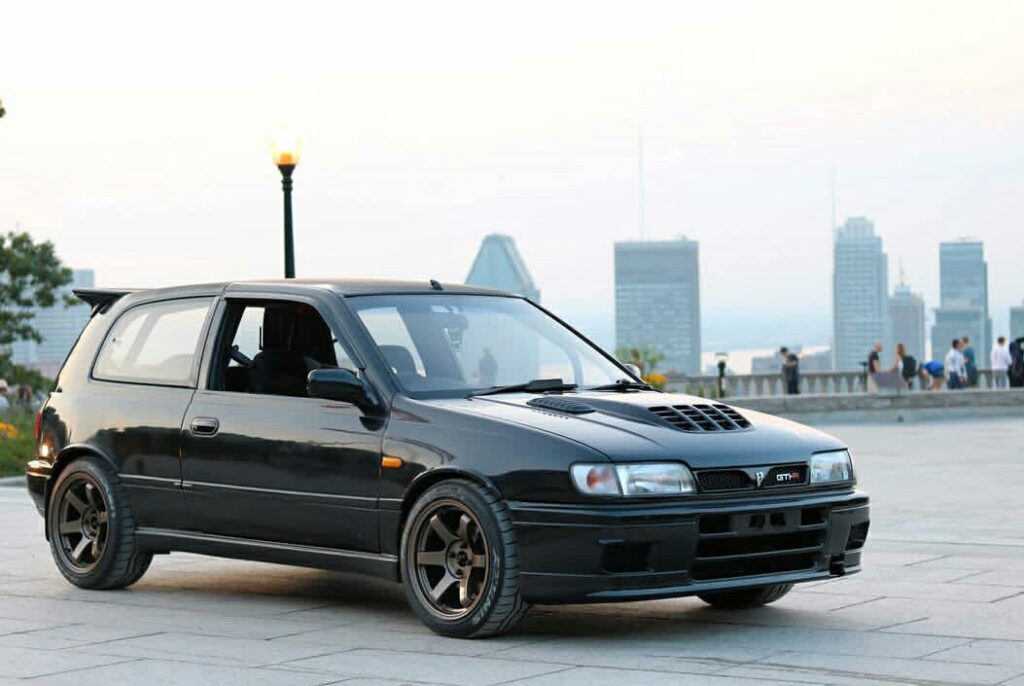
Often referred to as the “Baby Godzilla,” the Nissan Pulsar GTI-R was a rally-inspired hatchback with serious performance credentials. Its turbocharged 2.0-liter engine, combined with all-wheel drive, produced 227 horsepower, making it a formidable competitor in the hot hatch world. Despite its powerful performance and rally heritage, the GTI-R was never as well-known as its peers. Today, it’s a hidden gem among performance enthusiasts. Its raw power and compact design make it a car worth revisiting.
Honda Prelude (1978-2001)
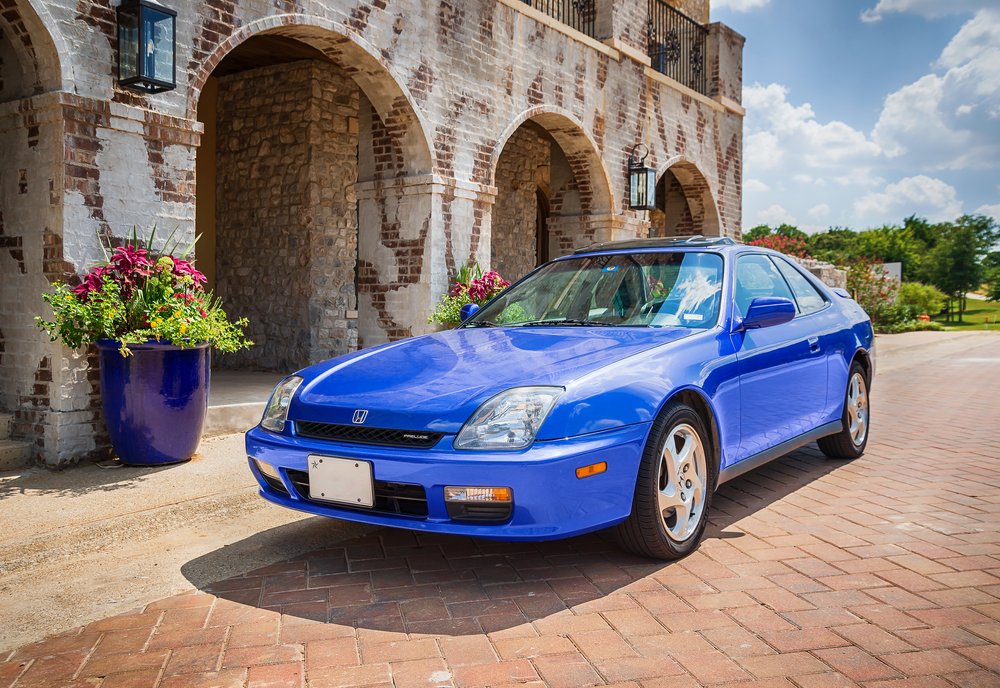
The Honda Prelude was a sleek, sporty coupe that showcased Honda’s ability to blend style with technology. Particularly known for its third-generation model, which introduced four-wheel steering, the Prelude was ahead of its time. With engine options ranging from 2.0 to 2.2 liters, it delivered a smooth and dynamic driving experience.
Toyota Soarer (1981-2005)
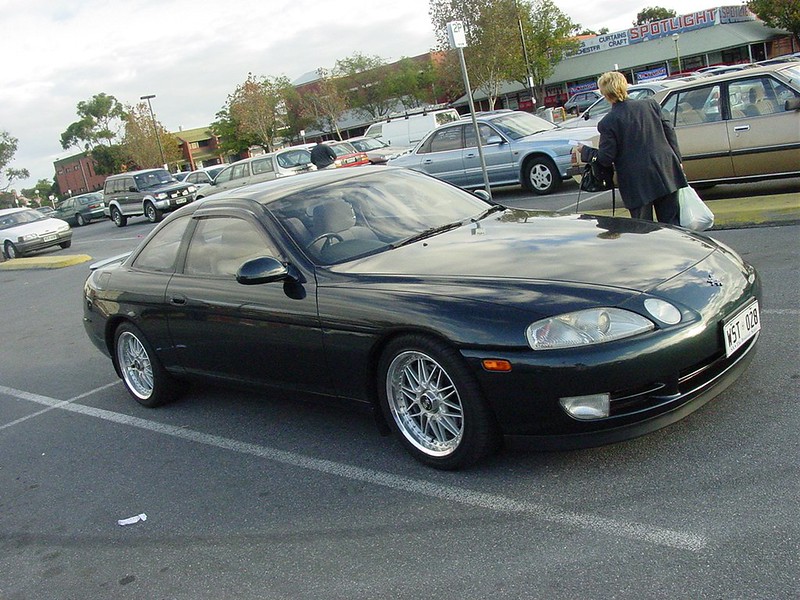
The Toyota Soarer, also known as the Lexus SC in the U.S., was a luxury grand tourer that offered both style and performance. Available with turbocharged or V8 engines, the Soarer was a comfortable, powerful car that excelled on long-distance drives. It also featured advanced technology for its time, such as digital dashboards and adjustable suspension. Despite its impressive engineering, the Soarer is often overshadowed by its Lexus counterparts. This model is a true testament to Toyota’s commitment to luxury and innovation.
Mazda MX-6 (1987-1997)
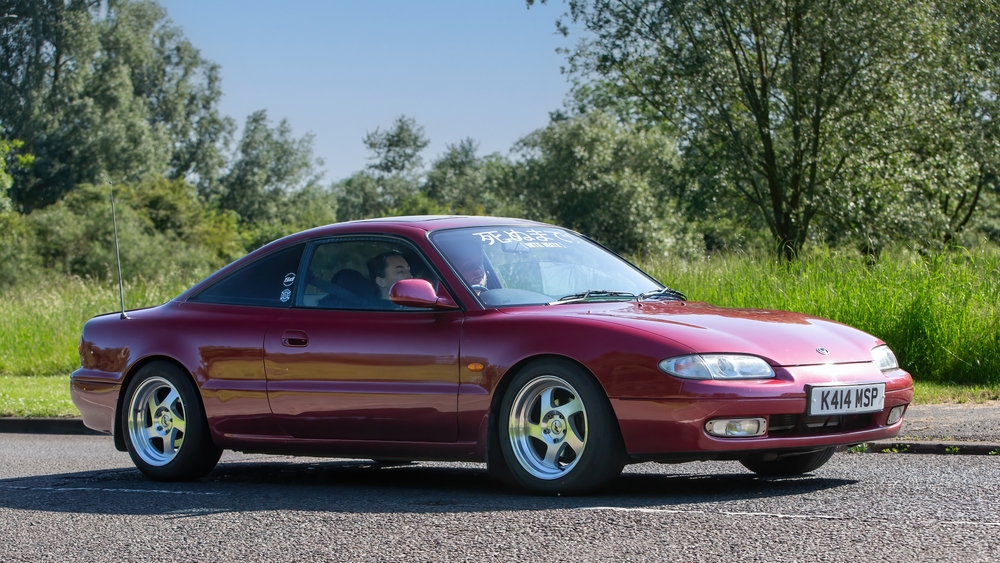
The Mazda MX-6 was a sporty, front-wheel-drive coupe that delivered solid performance at a reasonable price. Its later models featured a 2.5-liter V6 engine, offering smooth power delivery and excellent handling. Although it was overshadowed by other sport coupes of the era, the MX-6’s sleek, aerodynamic design and fun-to-drive nature make it an underrated classic. It provided a mix of performance and practicality that should not be overlooked. Today, it remains a great option for those seeking an affordable, stylish sports car.
Nissan 300ZX Z31 (1983-1989)
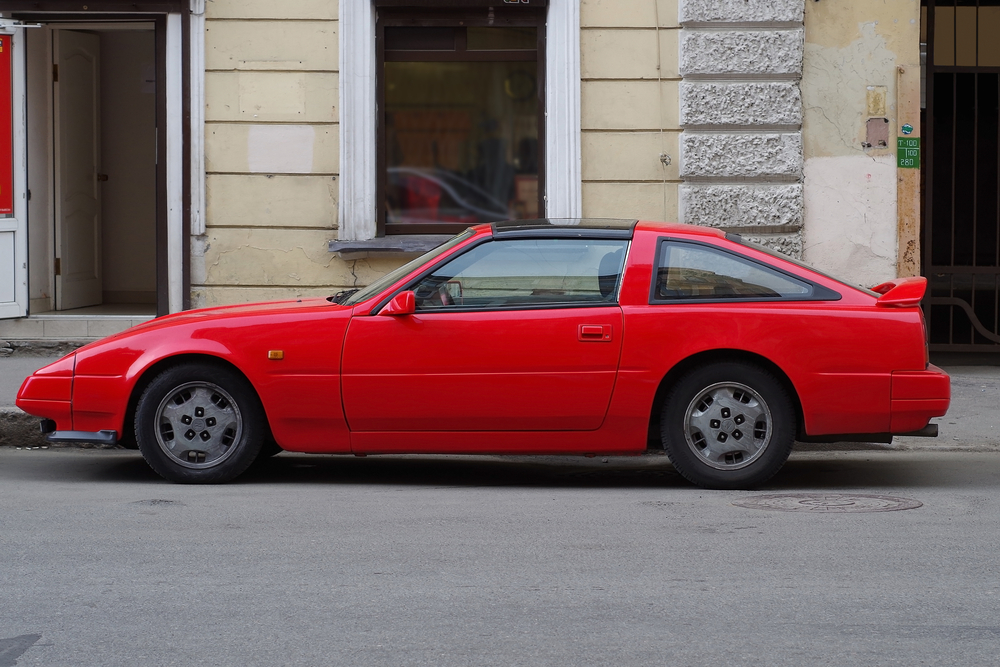
The Nissan 300ZX Z31 brought turbocharging to the Z-car line, giving it a significant performance boost over its predecessors. Powered by a 3.0-liter V6 engine, the turbocharged variant produced 200 horsepower, making it one of the most powerful cars in its class at the time. Its sharp, angular design was a reflection of 1980s aesthetics, and its performance remains impressive even by modern standards. Though it’s often overshadowed by the later Z32 model, the Z31 deserves more recognition as a pivotal moment in Nissan’s sports car history.
This article originally appeared in MyCarMakesNoise.
More from MyCarMakesNoise
The 20 Mercedes-Benz AMG Strongest Models Born from Racing Heritage
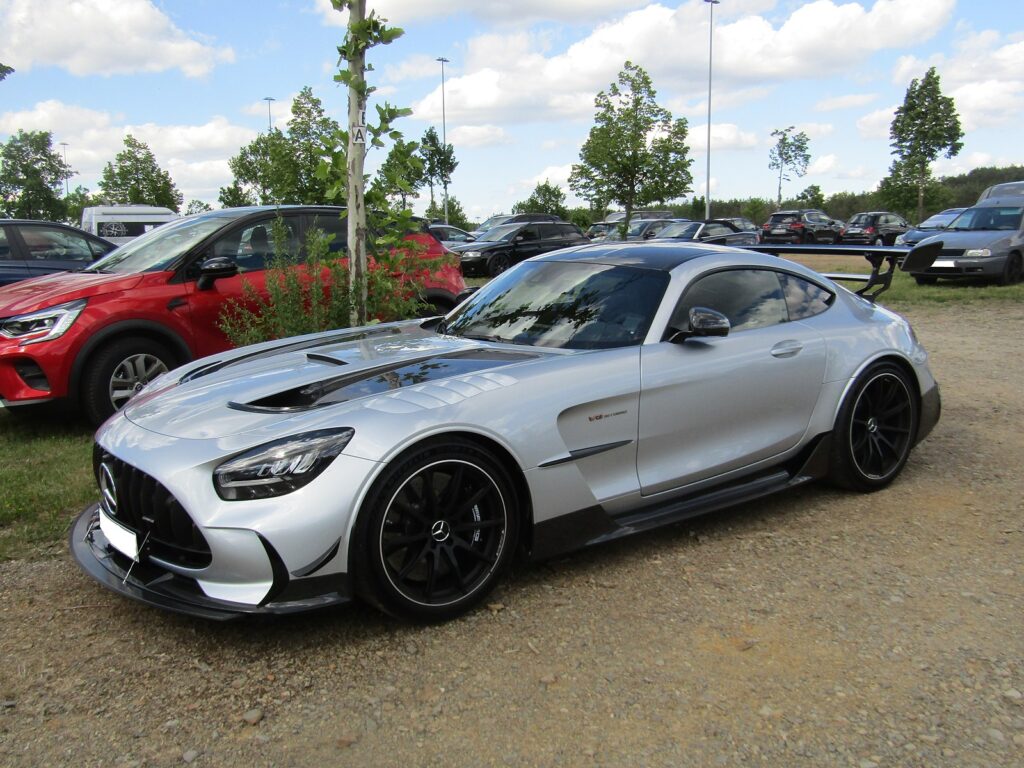
When it comes to blending raw power with racing precision, Mercedes-Benz AMG models stand in a league of their own. These 20 AMG machines, born from a rich racing heritage, showcase the brand’s relentless pursuit of performance. Read More.
20 Iconic Station Wagons Now Out of Style
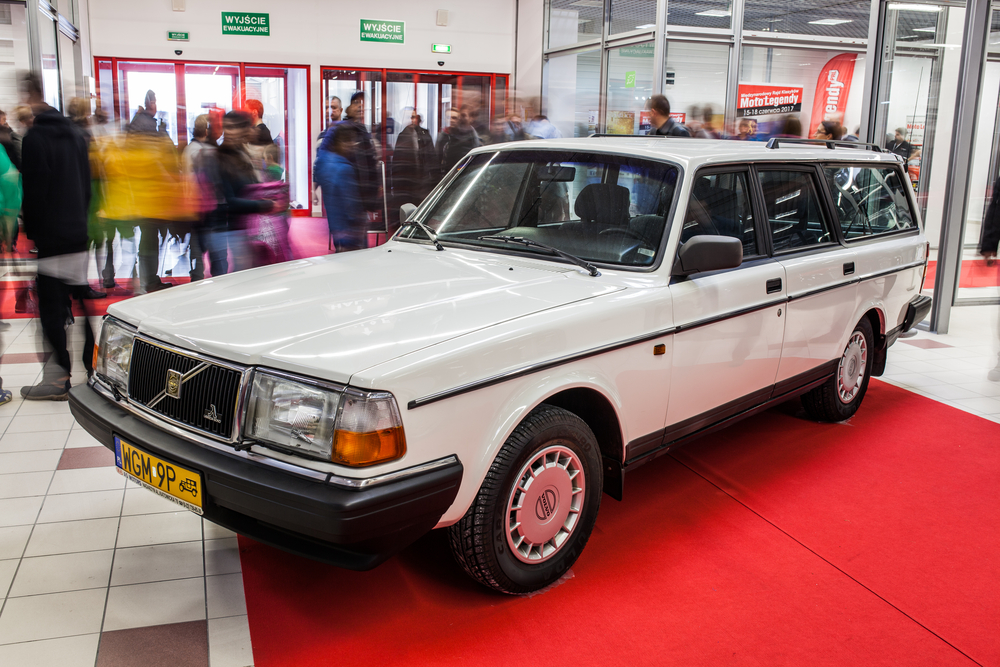
Remember when station wagons were the go-to family car, symbolizing both style and practicality? While they once dominated the roads, many of these iconic models have now drifted out of style. Read More.
25 Roadsters That Went from Collectible to Neglected
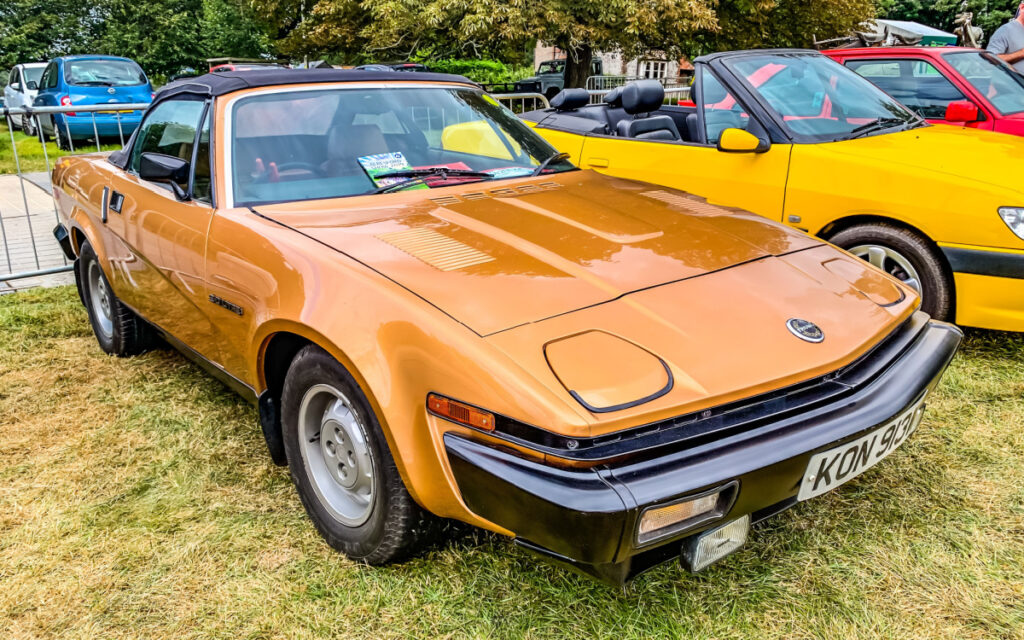
Not every roadster that once turned heads and commanded high prices has managed to hold onto its allure. Some have quietly slipped from the spotlight, falling out of favor with collectors. Read More.

